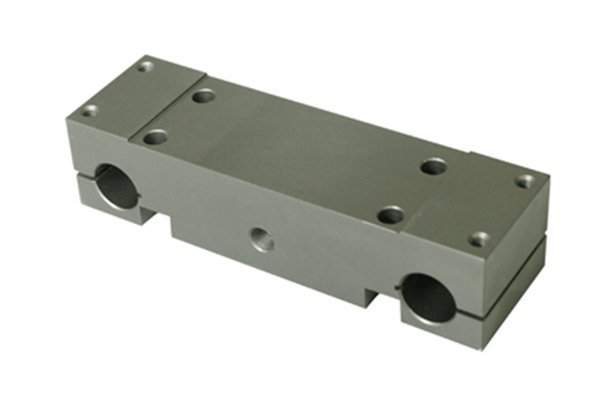Opening:
Did you know that stainless steel is one of the most commonly used materials in various industries, thanks to its formidable resistance to corrosion and impressive strength? However, not all stainless steels are created equal. For instance, 630 and 316 stainless steels are popular grades, each with unique characteristics that influence their machinability in CNC operations. As companies strive for precision and efficiency in manufacturing, understanding the differences in CNC processing difficulty between these two stainless steel grades can be crucial.
In this blog post, we’ll delve into the nuanced world of CNC machining, exploring the distinctive features of 630 and 316 stainless steels. By analyzing their mechanical properties, challenges faced during machining, and potential solutions, we aim to equip manufacturers and machinists alike with the knowledge needed to optimize their processes and enhance productivity.
—
Understanding Stainless Steel Grades
What is 630 Stainless Steel?
630 stainless steel is a type of martensitic stainless steel known for its high strength and excellent corrosion resistance. This grade is often referred to as “17-4 PH” due to its composition, which comprises approximately 17% chromium and 4% nickel. It is widely used in aerospace applications, chemical processing, and in manufacturing various mechanical components that require high tensile strength and hardness.
What is 316 Stainless Steel?
In contrast, 316 stainless steel is an austenitic stainless steel that contains molybdenum, which enhances its resistance to corrosion, particularly in chloride in environments like seawater. With about 16% chromium, 10% nickel, and 2% molybdenum, 316 stainless steel is predominantly used in marine applications, food processing, and in medical devices due to its exceptional corrosion resistance and formability.
Evaluating CNC Machinability
Factors Affecting Machinability
When evaluating the machinability of materials, several factors play a vital role:
Machining 630 Stainless Steel
Machining 316 Stainless Steel

Comparing Machinability: 630 vs. 316 Stainless Steel
While both 630 and 316 stainless steels possess beneficial properties, their machinability diverges significantly due to the inherent differences in their structure and composition:
Practical Applications and Recommendations
Understanding the differences in machinability can help businesses make more informed decisions, whether it be selecting materials for a new project or optimizing an existing production line.
In summary, while both 630 and 316 stainless steels offer unique advantages, their differences in machinability significantly impact CNC processing. Businesses seeking to enhance their production capabilities must consider these differences while selecting materials and machining strategies.
As the manufacturing landscape continues to evolve, understanding these complexities is vital not just for engineers and machinists, but for entire organizations striving to meet high standards of quality and efficiency.
By prioritizing knowledge in the machination of either of these stainless steel grades, manufacturers can ensure they wield the right tools to achieve operational excellence—in today’s competitive market, that is not just advantageous, but imperative.
Final Thought: Embracing the dynamics of material properties and CNC processing techniques will empower manufacturers to navigate challenges effectively, allowing for innovations that enhance quality while optimizing costs—a win-win in the world of manufacturing.






